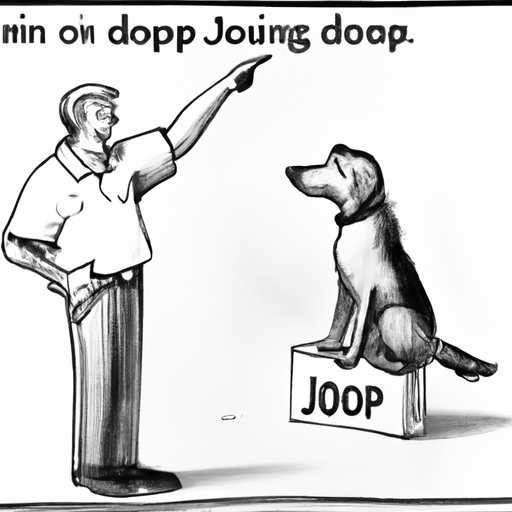Jumping is a natural behavior for dogs. They do it to express excitement, seek attention, and establish dominance. But it can also be dangerous, especially when it is directed towards young children or elderly individuals. As a caregiver, it is essential to train your dog not to jump. This guide will provide you with effective strategies to manage and change this behavior.
H2: Understanding Why Your Dog Jumps
First, it’s important to understand that your dog is not jumping to upset or annoy you. It’s a behavior that has been reinforced over time, usually by the unintentional actions of humans.
- Excitement: Dogs jump when they’re excited. When you come home from work, your dog may jump because they’re overjoyed to see you.
- Attention: Dogs crave attention. If jumping gets your attention, they’ll continue to do it.
- Dominance: In the dog world, height is power. Your dog might be jumping to establish dominance.
H2: Steps to Train Your Dog Not to Jump
Training your dog not to jump requires time, patience, and consistency. Here are some steps you can take:
- Ignore the jumping: When your dog jumps, turn your back and ignore them. This sends them the message that jumping will not get your attention.
- Reward good behavior: When your dog keeps all four paws on the ground, reward them with treats, praise, or petting.
- Teach commands: Train your dog to understand commands like “sit” or “stay”. This gives them an alternative behavior to perform instead of jumping.
H2: Potential Challenges and How to Overcome Them
Like all forms of training, you might encounter some challenges. Here are some common ones and how to overcome them:
| Challenge | Solution |
|---|---|
| Your dog keeps jumping | Consistency is key. Ignore the jumping every single time it happens |
| Your dog doesn’t respond to commands | Practice commands regularly and reward your dog for obeying them |
H2: When to Seek Professional Help
If your attempts to train your dog not to jump are not successful, it might be time to seek professional help. A professional dog trainer or a behavioralist can provide one-on-one training and address any underlying behavioral issues.
H2: FAQ
Q: How long will it take to train my dog not to jump?
A: It varies depending on the dog and the consistency of the training. It could take a few weeks to a few months.
Q: My dog only jumps on certain people. What should I do?
A: This is common. Inform your guests about your training and ask them to ignore your dog when they jump.
Q: My dog jumps when they’re excited. How can I manage this?
A: Try to calm your dog down before they get too excited. This might involve changing your own behavior, such as not greeting them too excitedly when you come home.
Remember, training your dog not to jump is a process that requires patience and consistency. But with time and effort, you can help your dog understand that jumping is not an acceptable behavior.



